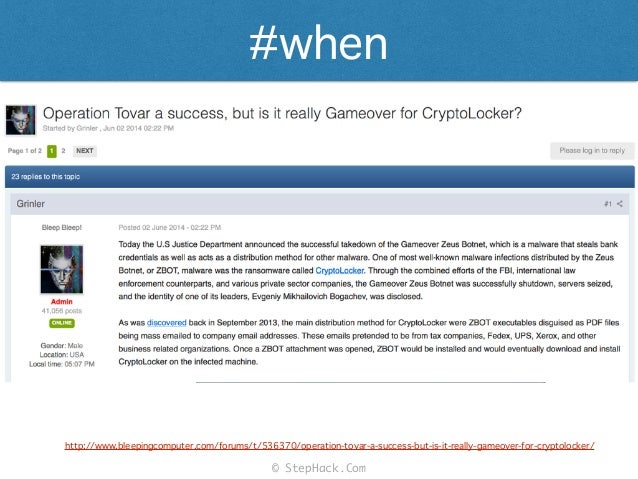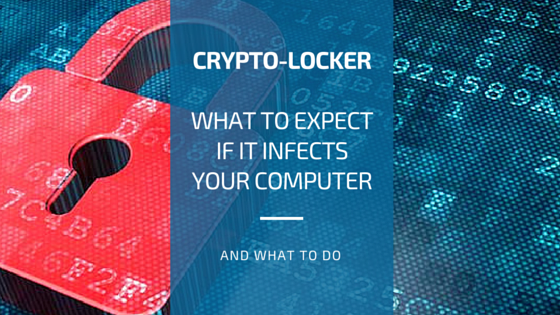

What usually happens is that the initial infection, like a pathfinder, gets it's teeth in before contacting a command and control server (often via an encrypted tunnel) to download the really bad stuff. Whilst all ransomware doesn't manifest in exactly the same way, most e-mail borne malware doesn't contain the complete executable. Use what you have to stop the (really) bad stuff getting in If you don't ensure they are trained to spot and delete them, I would argue you are partly responsible!Ģ. what isn't (and look forward to lording it over them when it happens) you need to WAKE UP!!!! Well-formed phishing e-mails are very well crafted and tap into human instincts and drivers. If you are in IT and expect your users to know what is malware vs.

Knowing how to spot a phishing e-mail is not easy, especially for users who don't know much about technology over and above buying books and other stuff from Amazon.įurthermore, many companies STILL DON'T TRAIN THIER STAFF in how to spot unsolicited, potentially dangerous e-mails. and then creates a beach-head based on what the infected machine/user has access to. Most ransomware starts with phishing e-mails encouraging users to open password protected. Teach your staff to know a phish when they see it So let's look at 4 key steps that can help avoid finding out how low your blood temperature and how high your stress levels can go, that don't have to break the bank from a resource perspective ġ. The bad news (as with much of security) is that prevention beats cure, dealing with things post event being the very worst time to try and get on-top of things The attacker is in the driving seat, you are stressed out to the limits of your capacity, your job may be at risk and your only option is a seriously risky (and potentially ineffective) one involving exchanges of cash with criminals! Whilst the ransoms are generally low (between £200-£500), do you really trust the criminal element to only take the agreed amount and will they make good on their end of the bargain? I can only imagine the icy temperatures an affected IT manager's blood reaches when it dawns on them that an attack of this nature has been effective! Irrespective of your standpoint on 'dealing with terrorists', this has to be one of the most heart-stopping things that can happen to an IT Manager. Although this isn't believed to be the CryptoLocker malware busted open by Fox-IT and FireEye back in 2014, 4 days on from the original outbreak and the council has advised that it is still working with its computer security provider to apply a fix to its systems. At the end of last week, Lincolnshire County Council became the most recent in a long line of 'ransomware' victims, facing demands of £1m to re-establish access to their files.


 0 kommentar(er)
0 kommentar(er)
